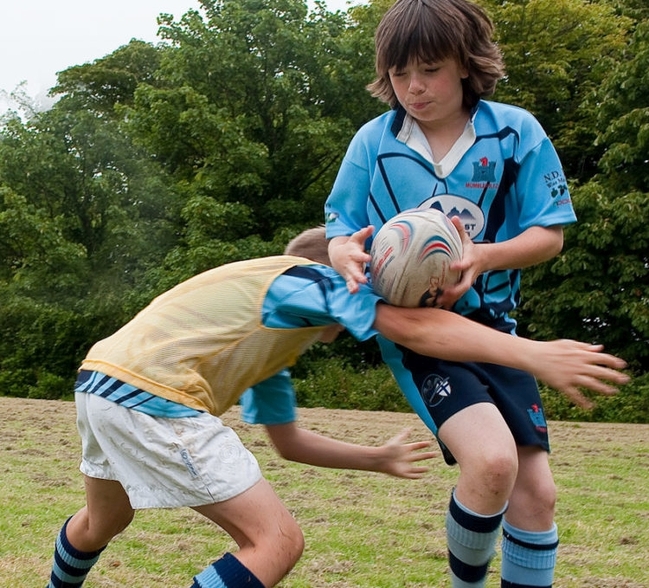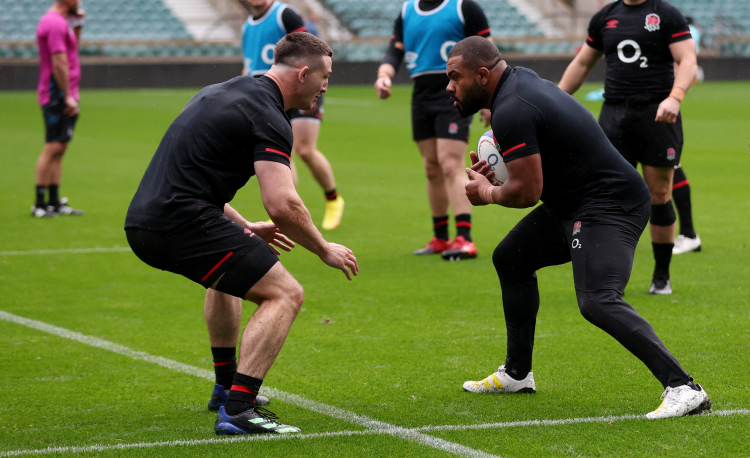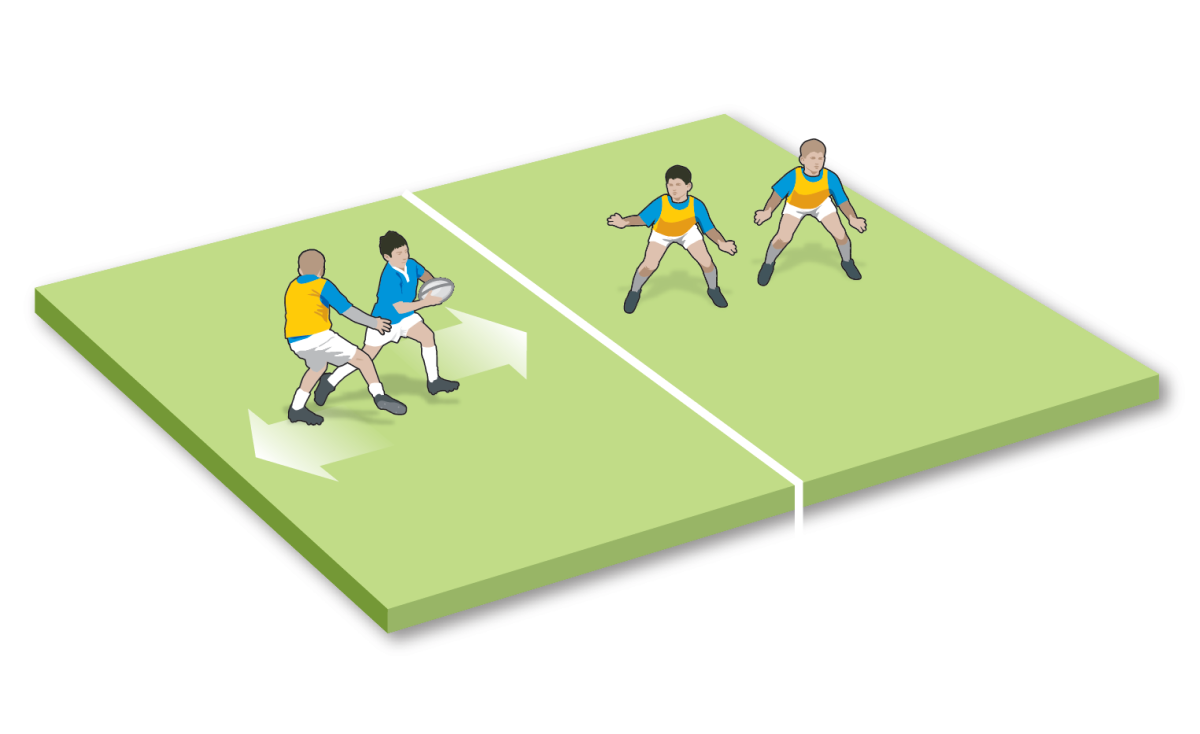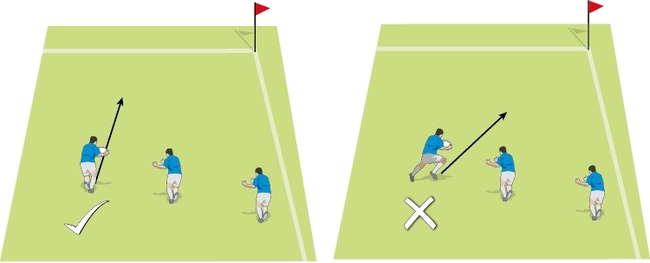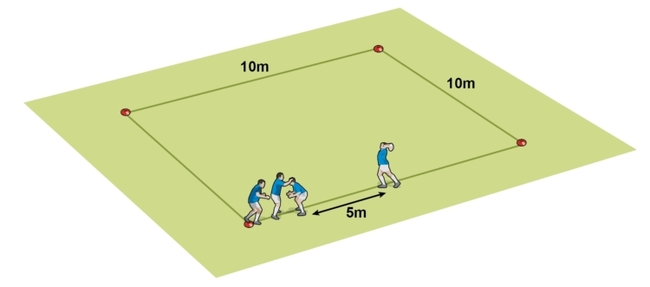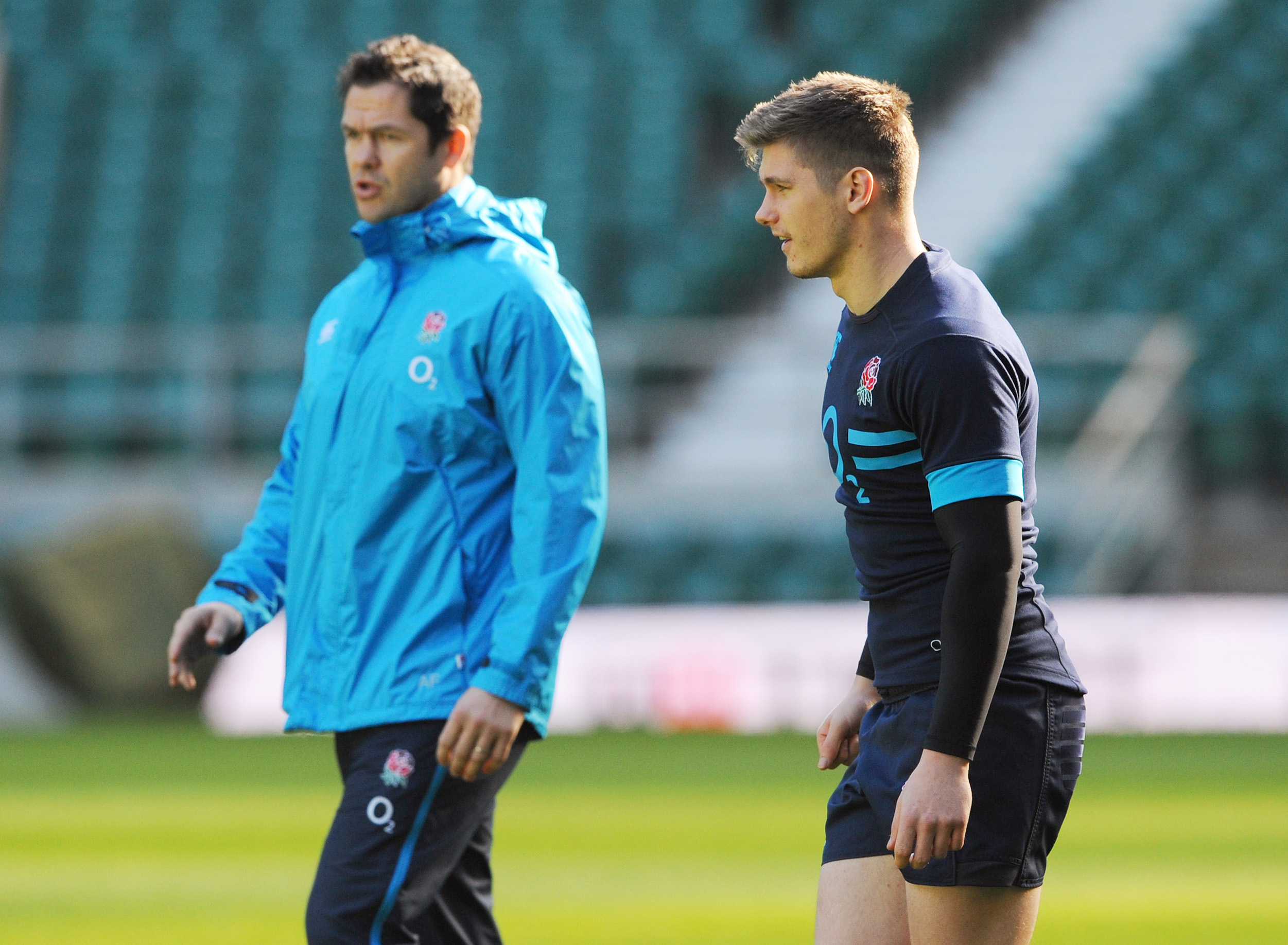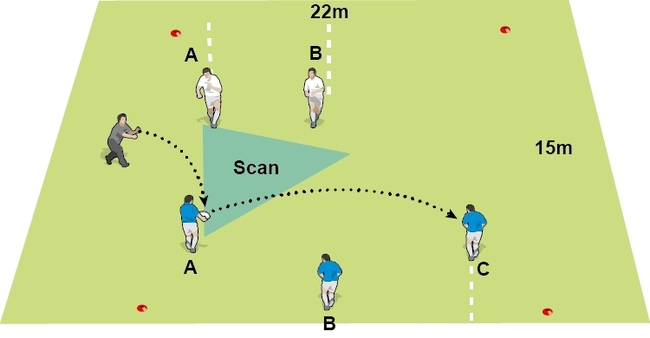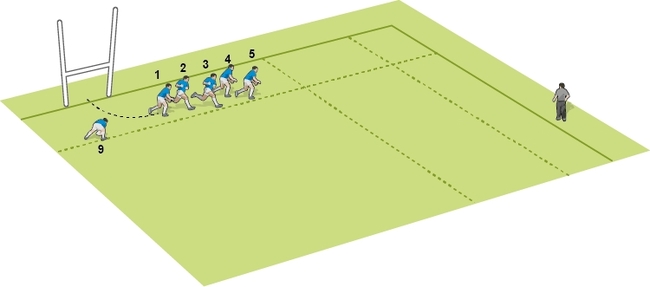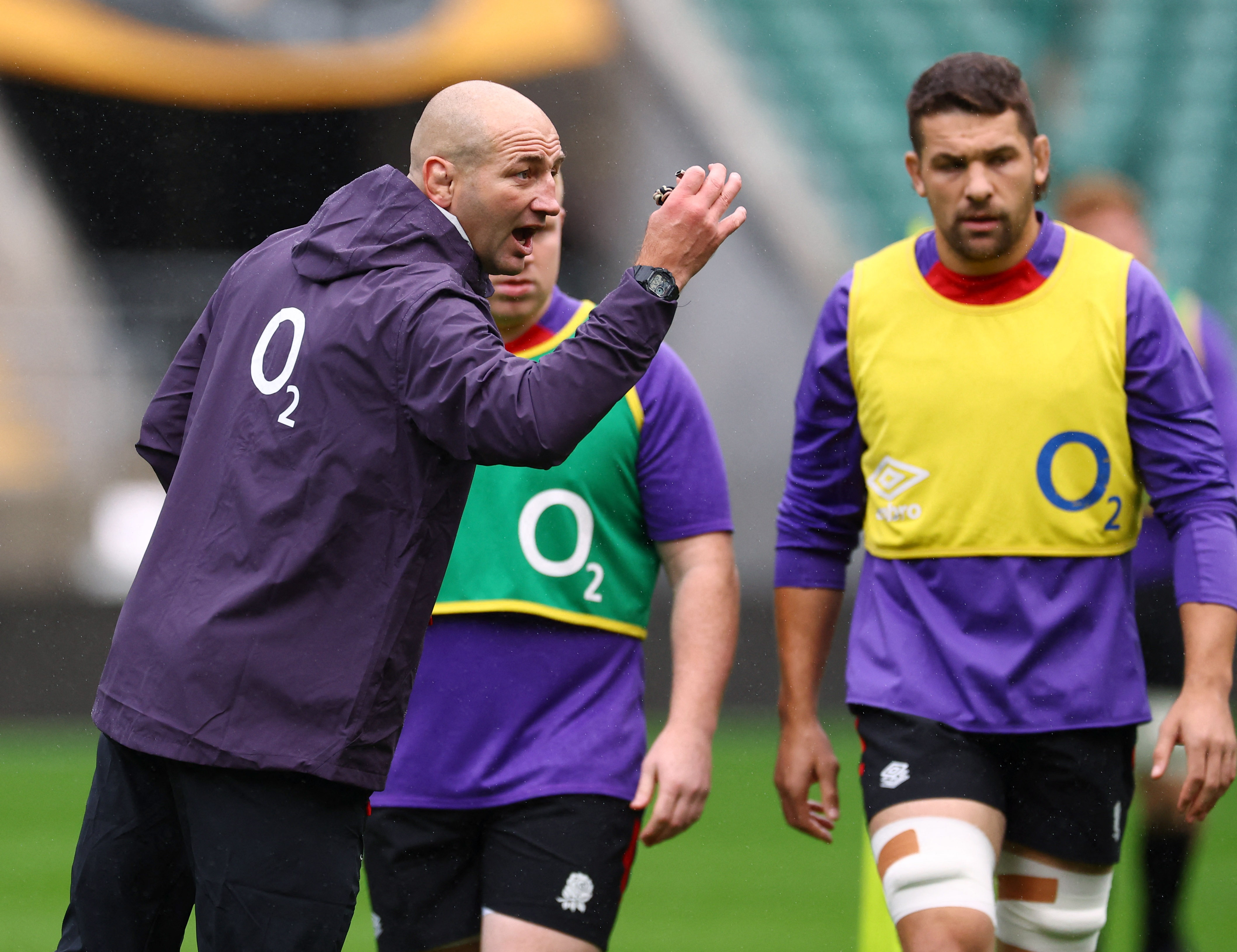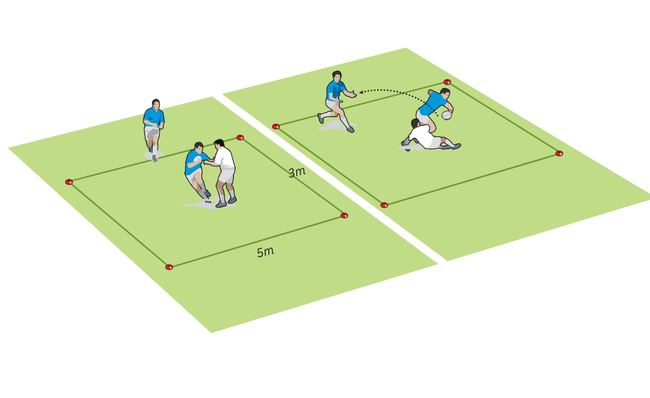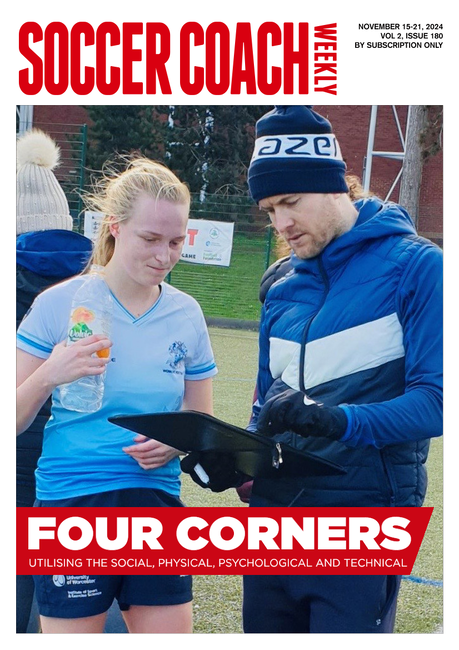Non-tackling kids: fears and solutions
IAN DIDDAMS and DAN COTTRELL on convincing nervous youngsters to tackle.
As soon as contact begins in the early age groups, some players relish tackling.
Others, though, don’t like it, no matter how much technical work is done. And once a match-related scenario is encountered, they just don’t tackle. Here is how to address the causes beyond the technical issues...
Fear of the unknown
Perhaps naturally, "it hurts" is often a reason given for not tackling.
Rarely in youngsters’ lives do they encounter situations where they should run into somebody else. On the few occasions they have run into somebody else, usually by accident, it’s an unpleasant experience.
In rugby, we actively encourage them to do so. We shouldn’t be surprised that youngsters find the idea of collision difficult.
Mental blocks
Closely aligned with fear is social conditioning.
Parental and school discipline have ingrained into them, for good reason, that it is wrong to hurt other people and naughty to bash into others. These messages can create a conflict for children to overcome when faced with the opposite requirement.
Speed
Another set of children may demonstrate tackling ability perfectly fine at a walk or jog in tackling practices, but do not translate that into a faster-paced game.
Poor tackling could simply be a symptom of that extra speed. All the factors involved are too great for them to process everything in time to make the tackle.
Dealing with the causes
The coaching challenge is to help the players overcome these issues.
Emphasising good technique is crucial, but that alone won’t overcome fear, reticence and timing.
Here are some training ideas:
- Use wrestling or grappling warm-ups and ball-wrestling contests to make physical contact natural
- Use wrestling, bumping and pushing activities to ease worry of pushing others
- Play small-sided games in reduced areas to keep speed down, giving players time to enact tackles, or play rugby at walking pace.
In time, players will just forget their initial lack of involvement as physicality and automatic responses become ingrained.
- Social conditioning
- Speed of the game
- Fear of the unknown
Related Files
- The tackler starts by holding onto the ball carrier, before they move
- Put two tacklers together to stop one ball carrier
Finish the tackle
Here are a couple of ways to help less confident tacklers make more tackles...
Complete the tackle
Start with the tackler holding onto the ball carrier. There are various ways you can do this, from one hand on the shorts, through to hugging the legs.
On your shout, the ball carrier has to progress up the pitch while the tackler aims to bring the player to the ground.
Though it does not get over the initial fear of making contact, it does give the player the confidence to know that completing a tackle is satisfying and not so painful. It can also be used to emphasise the need to hold on hard and tight.
Tackle twins
In tackling exercises, have weaker tacklers working in pairs to complete tackles together.
Get them working as a pair over a number of sessions and make a feature of them working together. They will relate to each other’s weaknesses and enjoy each other’s improvements.
In games, the weaker tacklers will now feel they can work with other players. As time goes on, they might start to make tackles on their own.
Newsletter Sign Up
Coaches Testimonials

Gerald Kearney, Downtown Las Vegas Soccer Club

Paul Butler, Florida, USA

Rick Shields, Springboro, USA

Tony Green, Pierrefonds Titans, Quebec, Canada
Subscribe Today
Be a more effective, more successful rugby coach
In a recent survey 89% of subscribers said Rugby Coach Weekly makes them more confident, 91% said Rugby Coach Weekly makes them a more effective coach and 93% said Rugby Coach Weekly makes them more inspired.
Get Weekly Inspiration
All the latest techniques and approaches
Rugby Coach Weekly offers proven and easy to use rugby drills, coaching sessions, practice plans, small-sided games, warm-ups, training tips and advice.
We've been at the cutting edge of rugby coaching since we launched in 2005, creating resources for the grassroots youth coach, following best practice from around the world and insights from the professional game.
